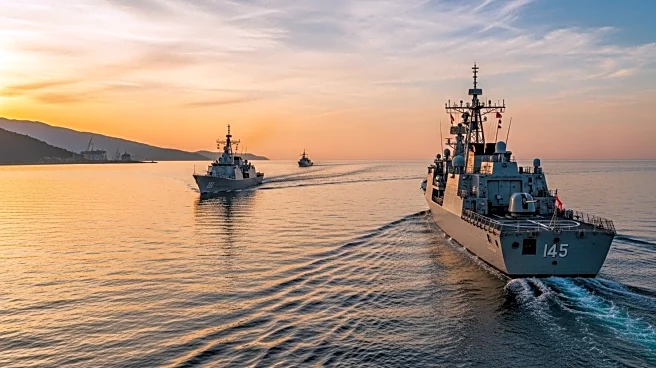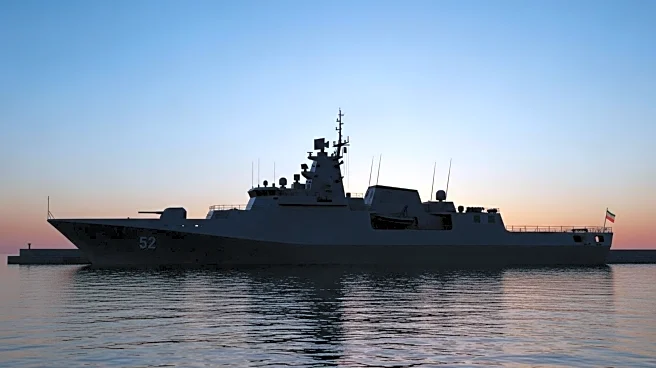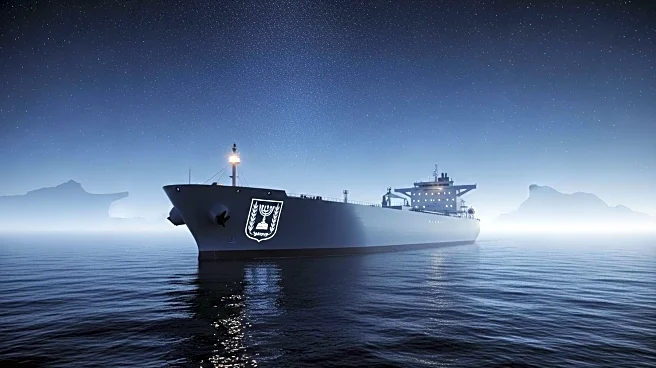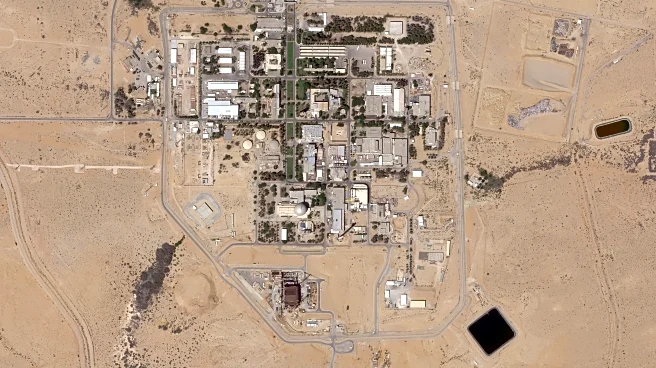What's Happening?
The Iranian Navy has reportedly stood down from its wartime posture, with principal ships returning to port after spending three months away from their base in Bandar Abbas. Imagery from September 2 shows five operational frigates and other naval vessels docked at the Bandar Abbas Naval Harbor. This includes intelligence collector IRINS Zagros and several landing ships. The return of these ships suggests a shift in the Iranian Navy's operational strategy, possibly indicating a reduced threat perception from potential Israeli or American attacks.
Why It's Important?
The Iranian Navy's decision to stand down from its wartime posture could have significant implications for regional security dynamics. This move may signal a de-escalation in military tensions, potentially affecting U.S. and Israeli strategic calculations in the region. The repositioning of Iranian naval assets might also impact maritime security and trade routes in the Persian Gulf and Red Sea, areas critical to global oil supply chains. Stakeholders in the defense and energy sectors will be closely monitoring these developments.
What's Next?
The Iranian Navy's current posture suggests no immediate plans for long-range patrols outside coastal areas. However, the political leadership in Tehran may still anticipate potential attacks directed at other targets, such as the IRGC or nuclear infrastructure. Observers will be watching for any changes in naval deployments or further diplomatic engagements that could alter the current status quo.
Beyond the Headlines
The presence of a mystery logistics ship alongside IRINS Makran raises questions about potential new capabilities within the Iranian Navy. This vessel, possibly converted from a civilian ship, could play a role in intelligence operations or arms transfers, similar to previous IRGC activities. The strategic use of such assets may reflect broader shifts in Iran's military strategy.













